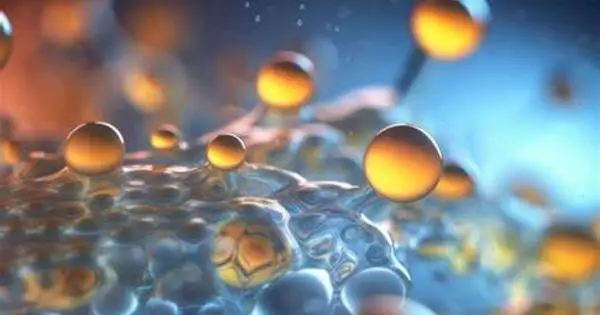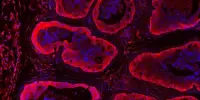The human lipidome is the total set of lipids found in a person’s cells, tissues, and physiological fluids. Lipids are a broad set of chemicals that play important functions in a variety of biological activities such as energy storage, cell membrane construction, and cell signaling. Human lipidome research has yielded vital insights into health, disease, and aging.
The decoding of the human genome promised a medical revolution, but scientists quickly discovered that a genetic blueprint alone does not depict the body in action. Understanding the proteome, or all the proteins expressed by our genes that constitute the cellular machinery that conducts the majority of the body’s tasks, was essential. Now, another set of molecules known as the lipidome – all the lipids in our bodies – is filling in more details of human physiology.
Triglycerides, cholesterol, hormones, and several vitamins are examples of lipids, a large category of tiny, fatty or oily molecules. They form cell membranes, serve as cellular messengers, and store energy in our bodies; they are important in responding to infection and regulating our metabolism.
Lipids are very understudied. They are involved in pretty much everything, but because they’re so heterogenous, and there are so many of them, we probably don’t know what most lipids really do.
Michael Snyder
Our genome is largely stable. Our proteome, while influenced by our health and environment, is mostly dependent on what our genes encode. In contrast, our lipidome can be directly influenced by what we consume and the microorganisms that live in our gut, making it more pliable and potentially responsive to therapies. However, the sheer amount and variety of lipid molecules (at least hundreds) has made them difficult to examine.
“Lipids are very understudied,” said Michael Snyder, PhD, the Stanford W. Ascherman, MD, FACS Professor in Genetics. “They are involved in pretty much everything, but because they’re so heterogenous, and there are so many of them, we probably don’t know what most lipids really do.”
A new study from Snyder’s lab, published in Nature Metabolism, is among the first to deeply dive into the human lipidome and track how it changes under healthy and diseased conditions, particularly in the development of Type 2 diabetes.

Indicators of health
More than 100 people, many of whom were at risk for diabetes, were followed for up to 9 years, submitting blood samples every three months when they were well and every few days when they were sick. Researchers cataloged 800 lipids and their connections with insulin resistance, viral infection, aging, and other conditions using mass spectrometry techniques, which separate molecules based on their molecular mass and electric charge.
Although everyone’s lipidome has a particular profile that remains stable over time, the researchers discovered that certain types of lipids varied predictably with a person’s health. For example, more than half of the lipids studied were linked to insulin resistance, which occurs when the body’s cells are unable to utilise insulin to absorb glucose from the blood, and can progress to Type 2 diabetes. Though insulin resistance can be diagnosed by measuring blood glucose, understanding changes to the lipidome helps uncover the biological processes at work.
“Every molecule that is associated with a disease has a chance of telling us more about the mechanism and may be serving as a target for affecting disease progression,” said Daniel Hornburg, PhD, a former postdoctoral scholar in Snyder’s lab and co-lead author of the study.
The researchers also discovered over 200 lipids that change during a respiratory viral infection. Rising and falling levels of these lipids corresponded to the body’s greater energy utilization and inflammation during early infection, and may suggest illness progression. Insulin resistance was associated with several abnormalities in these responses to infection, as well as a lower response to vaccines.
Aging fast and slow
The wide age range of the participants – 20 to 79 years old – and the length of the study allowed the researchers to see how the lipidome changes with aging. They found that most lipids, such as cholesterol, increase with aging, but a few, including omega-3 fatty acids, known for its health benefits, decrease. Moreover, these signs of aging in the lipidome do not occur at the same rate in everyone. Insulin resistance, for example, seems to accelerate them.
“It raises the interesting question of whether lipid profiles could predict whether an individual is biologically aging more quickly or more slowly,” said Si Wu, PhD, co-lead author of the study and a former postdoc in Snyder’s group.
Another striking finding, according to Wu, was how consistently specific lipid groups, such as ether-linked phosphatidylethanolamines, which are known to be antioxidants and involved in cell signaling, were connected to improved health. They could be used as food supplements or as novel tools to check health. Snyder’s lab hopes to follow up on ideas from this large survey by investigating links between individual lipids and lifestyle modifications.
















